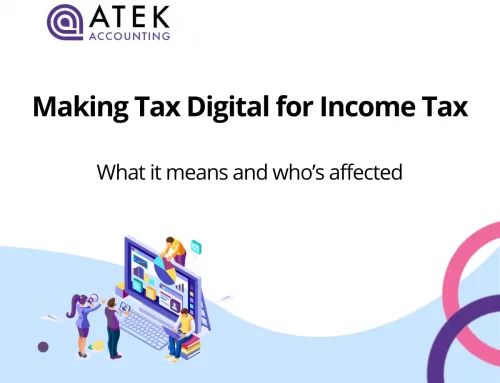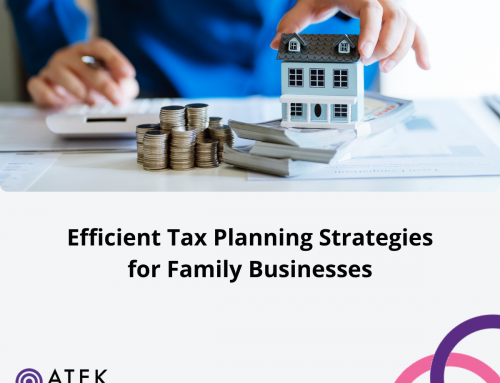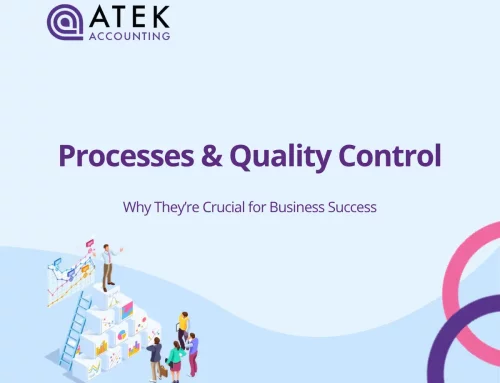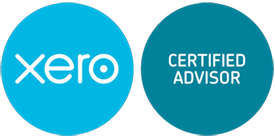
Profit vs Cash: Which is More Important?
Running a successful business isn’t just about making money — it’s about understanding how your money moves. Profit shows performance, but cash keeps your business running. Tracking both together helps you plan confidently, avoid surprises, and fuel growth.
Profit: Your Performance Scorecard
Profit (or net income) shows whether your business is making money overall. It tracks income and costs over time, giving big-picture insight into your success. But profit alone doesn’t tell you if you have the cash to pay staff, suppliers, or invest in opportunities.
In a nutshell, profit = revenue – expenses. It’s how much money your business is left with after deducting costs from total turnover. There are three main types of profit:
-
Gross profit = revenue – cost of goods sold. This includes variable costs such as materials and labour, but not fixed costs like rent.
-
Operating profit = revenue – business costs, including fixed costs but excluding tax, interest, and income from outside investments.
-
Net profit = revenue – all expenses, including tax and interest.
Understanding these distinctions helps you identify which costs have the greatest impact on your bottom line and where you can improve performance.
Cash: Your Operational Lifeline
Cash is the money you actually have on hand. It determines what you can pay today and how flexible you are to respond to unexpected costs or new opportunities. Failure to manage cash alongside profit can lead even the most profitable businesses into trouble.
Think of cash (or cash flow) as the fuel in your business engine — it keeps operations moving. There are three main types of cash flow:
-
Operating cash flow: money generated from regular business operations, such as sales.
-
Investing cash flow: cash earned from or spent on investments, like property or equipment.
-
Financing cash flow: net cash from financing activities such as loans or dividend payments.
Positive cash flow means more cash is coming in than going out, giving your business the liquidity to stay flexible. Negative cash flow, especially over time, signals that your business is running out of fuel and needs corrective action.
Why Do Both Matter?
Many businesses stumble by focusing on profit alone. Tracking both lets you:
-
Cover bills, salaries, and suppliers without relying on emergency funding
-
Time growth: hire, invest, or expand only when cash allows
-
Spot which products or services deliver both profit and operational flexibility
-
Build reserves to navigate slow periods or unexpected costs
It’s possible to be profitable on paper yet run out of cash, or to have healthy cash flow but little profit due to debt or high costs. The right balance depends on your current financial situation.
How Smart Businesses Use Profit and Cash
-
Forecast together – Model cash alongside profit to spot bottlenecks before they cause problems, and help plan funding, hiring, and project timelines.
-
Plan invoicing around cash – Breaking large projects into stages or milestones allows you to invoice more regularly and keep money moving while you deliver.
-
Invest only when you can afford it – Even profitable projects can stall if cash isn’t there. Use cash, not just profit, to guide new hires, tools, or expansion.
-
Use numbers to make tough calls – Profit alone can be misleading. If a product or service shows strong margins but drains cash, you’ll know whether to pause, scale back, or restructure.
-
Maintain a cash reserve – Profit can fluctuate; cash gives breathing room to handle slow periods, unexpected costs, or opportunities without stress.
Both cash flow and profit are vital to the long-term success of a business. In the short term, one may need to take priority — but managing both effectively is the key to sustainability and growth.
Make Informed Decisions with Atek
Profit and cash are two sides of the same story. Tracking both lets you run operations with confidence, make decisions that work, and respond to opportunities or challenges without missing a beat.
At Atek, we work with founders and business leaders to create detailed business plans and cash flow forecasts — giving you clear visibility of your cash position and helping your business grow in line with your ambitions.
If you’re unsure whether your financial processes are in shape, we’re here to help you get started today.
More resources:













